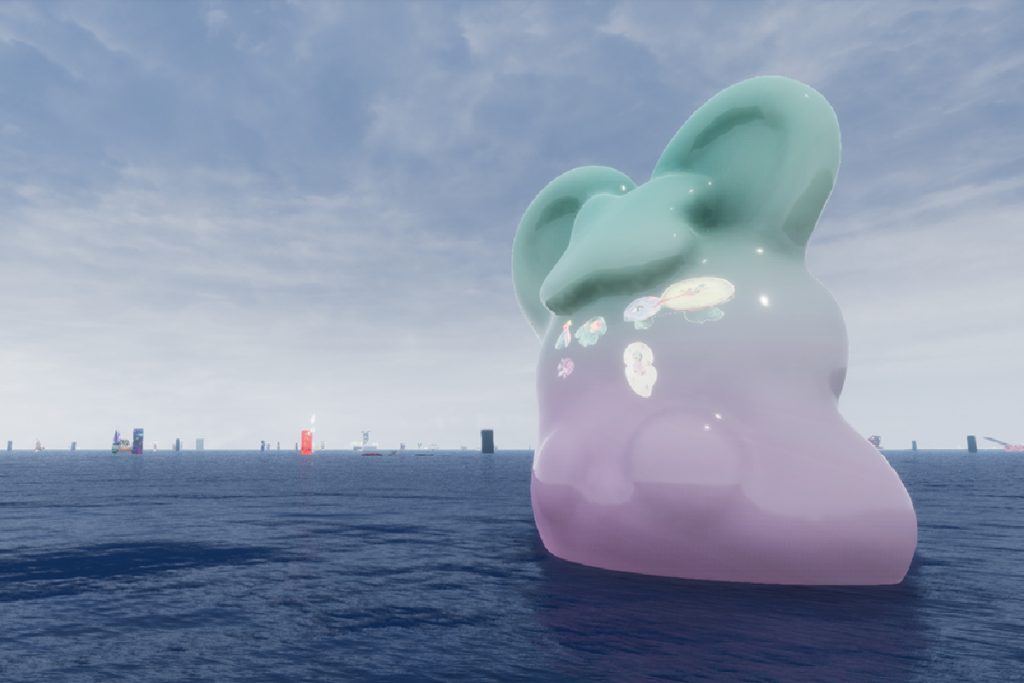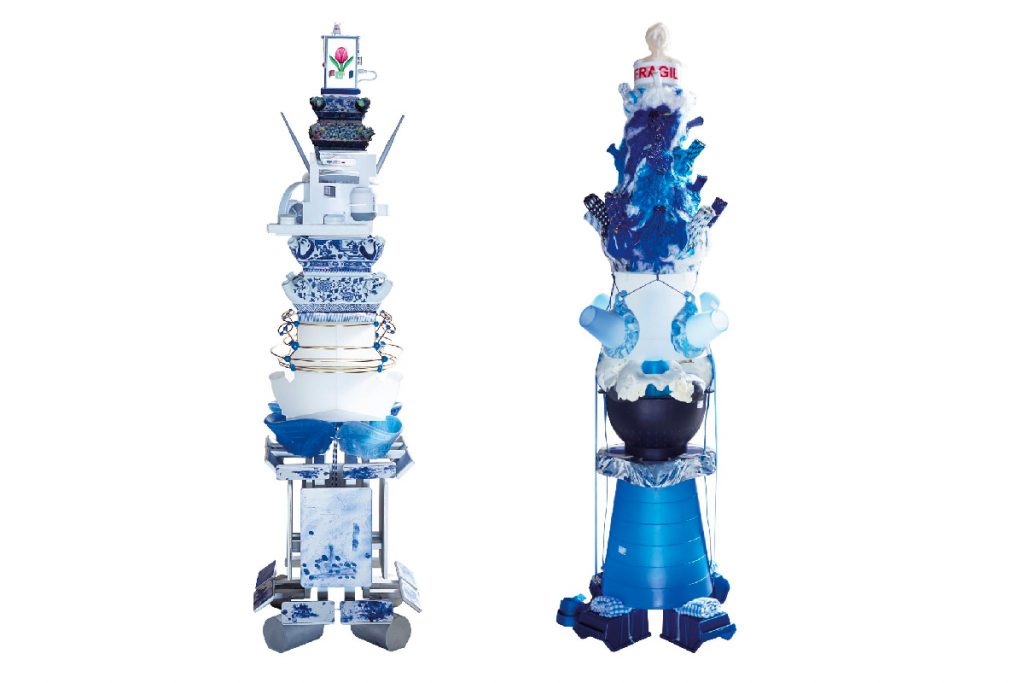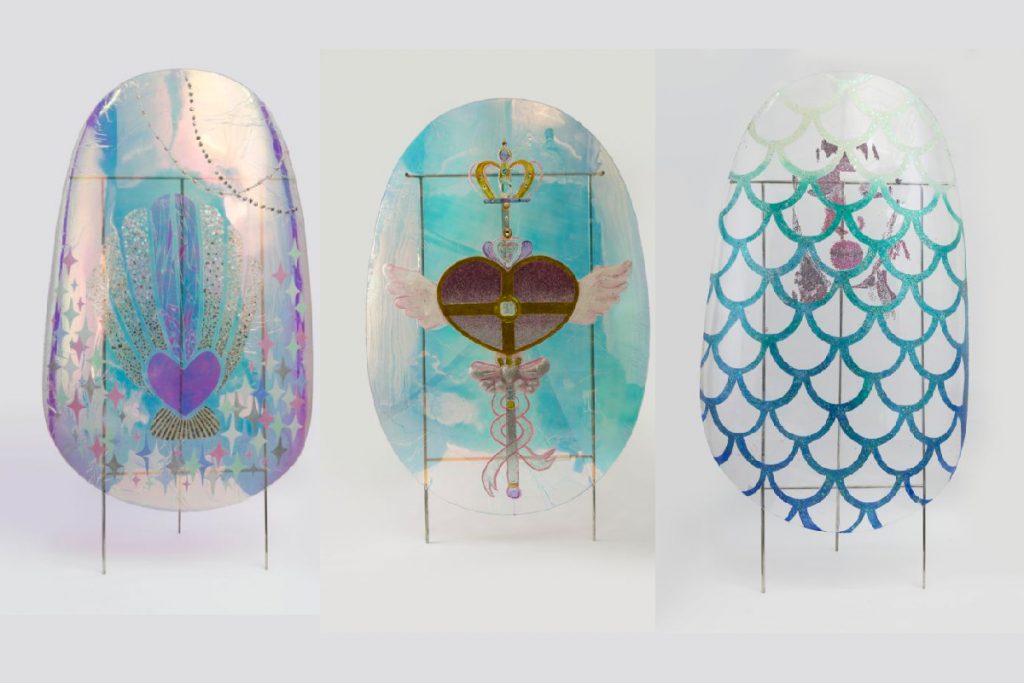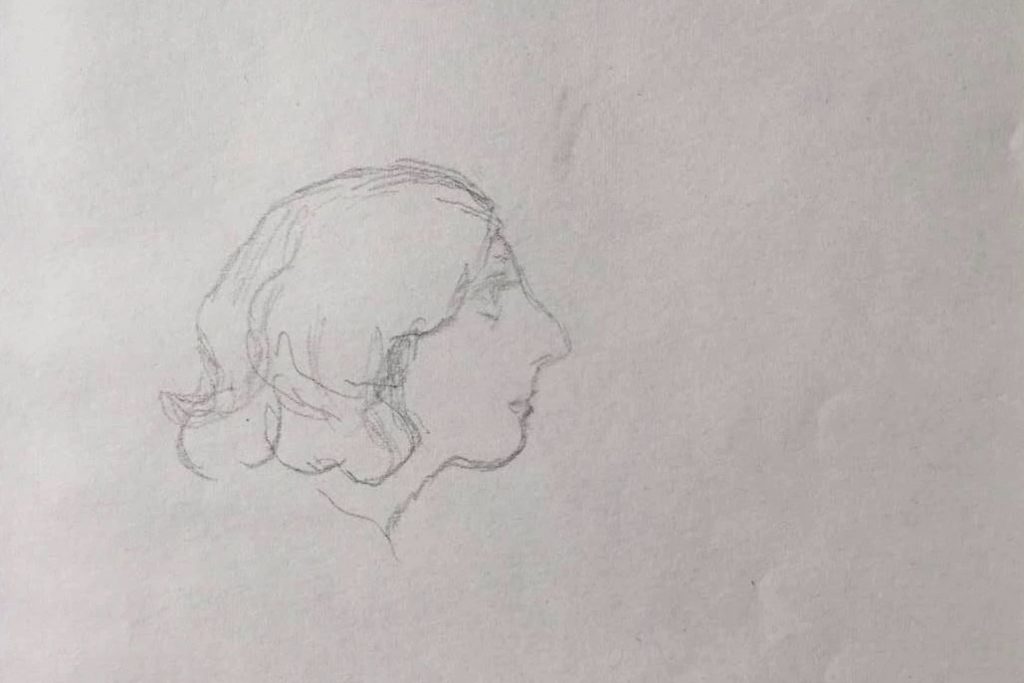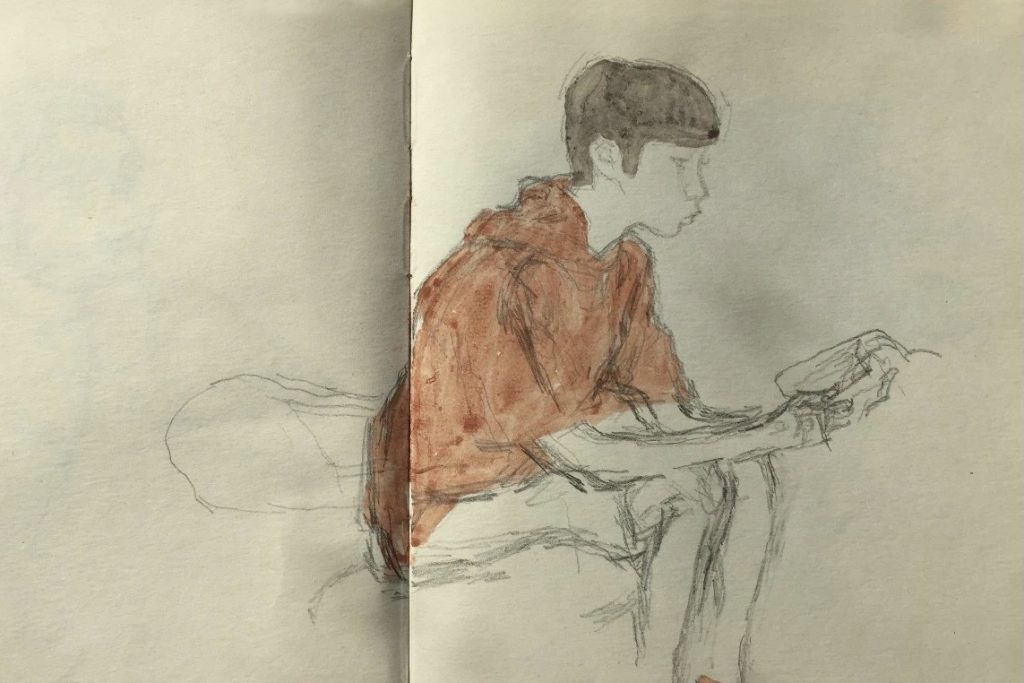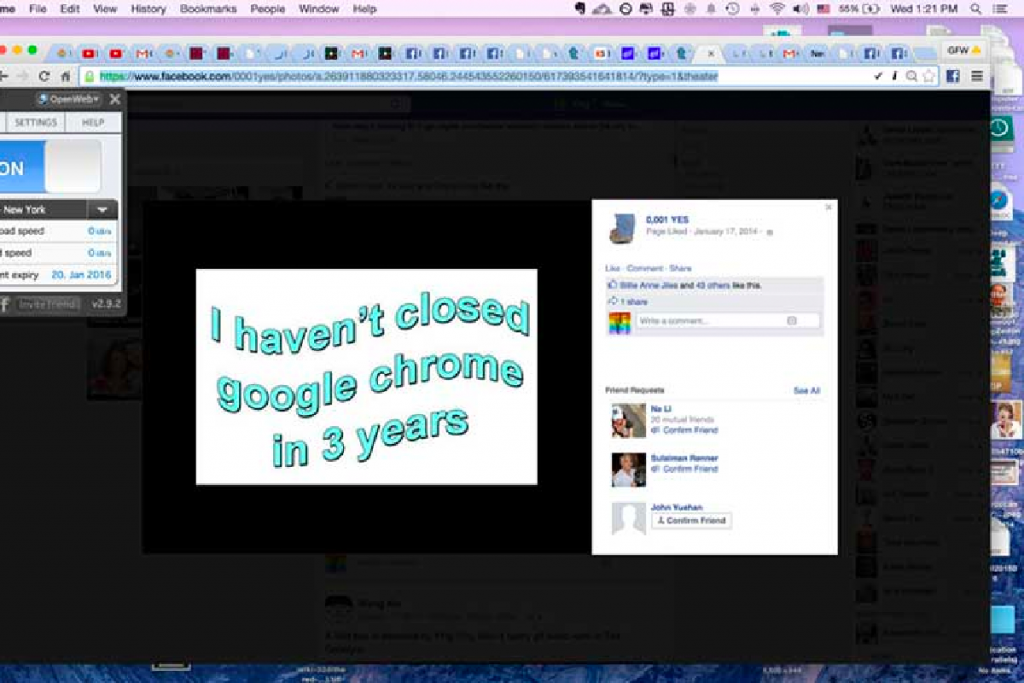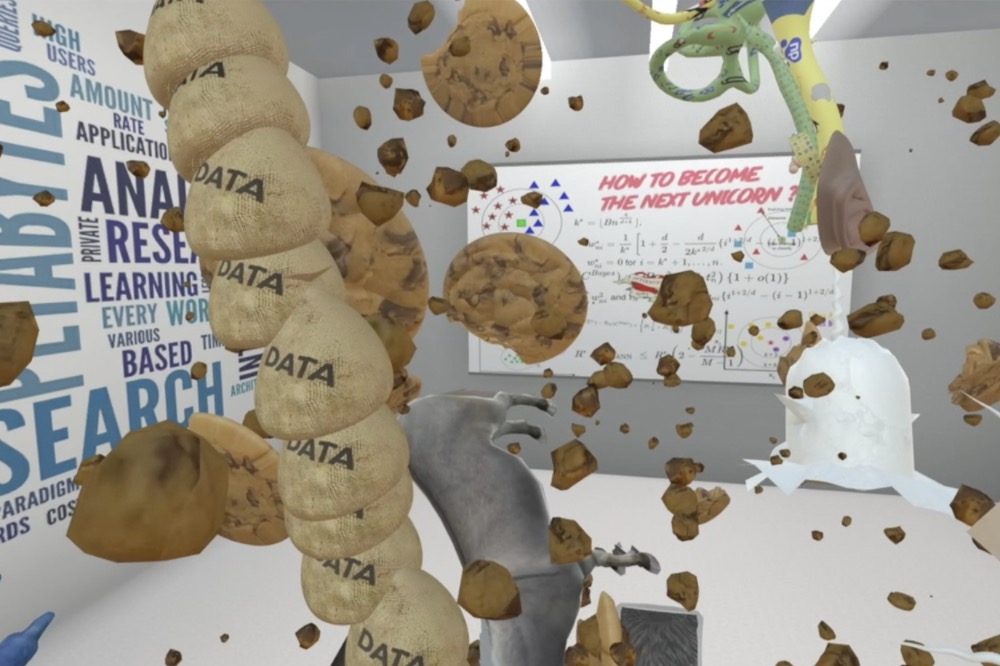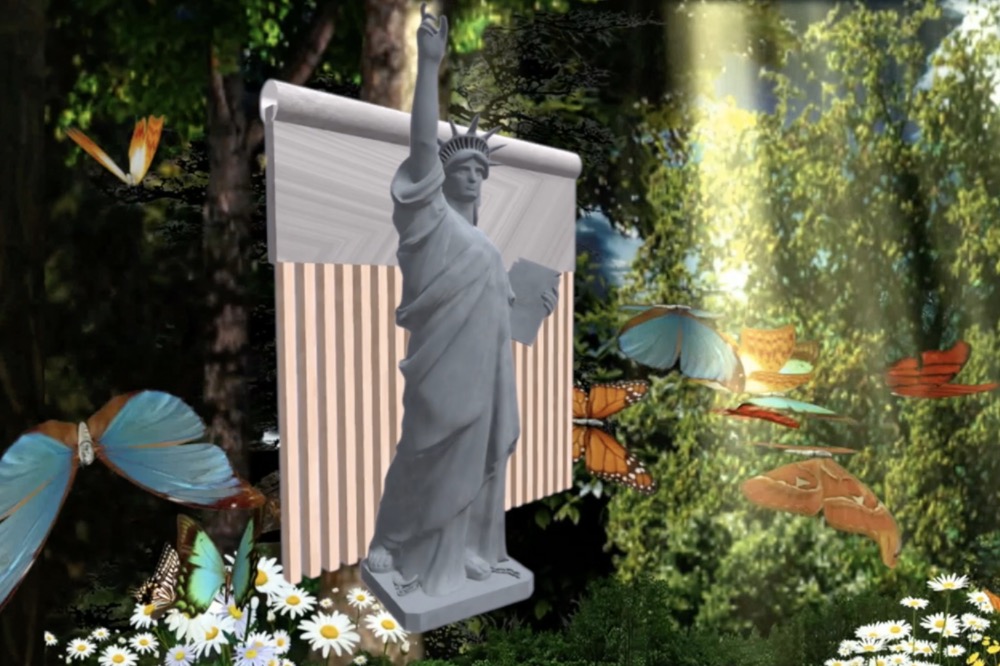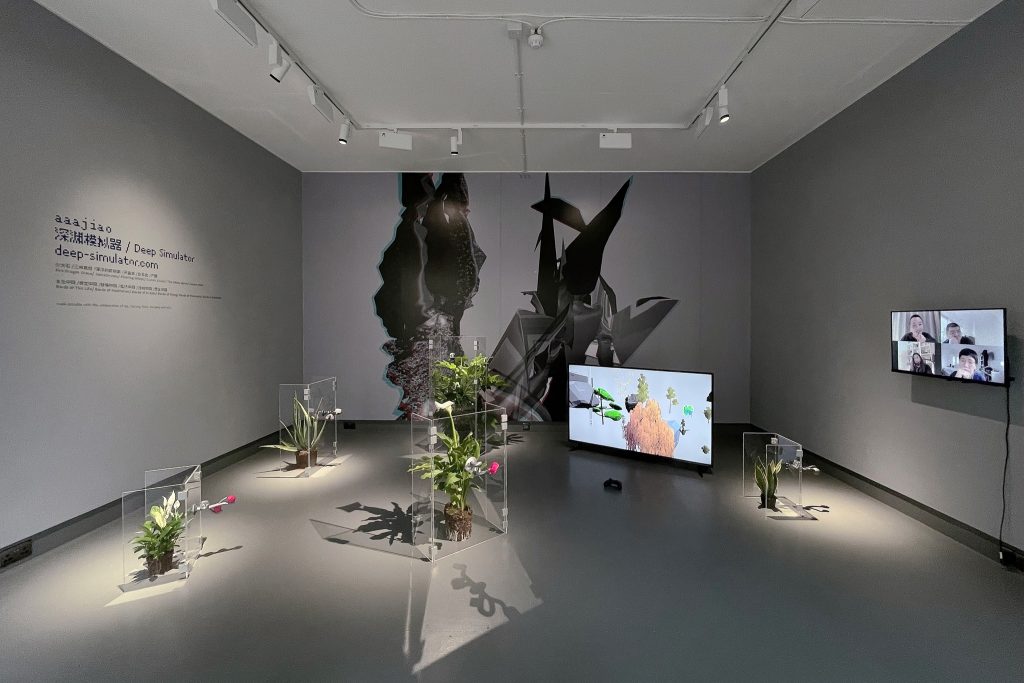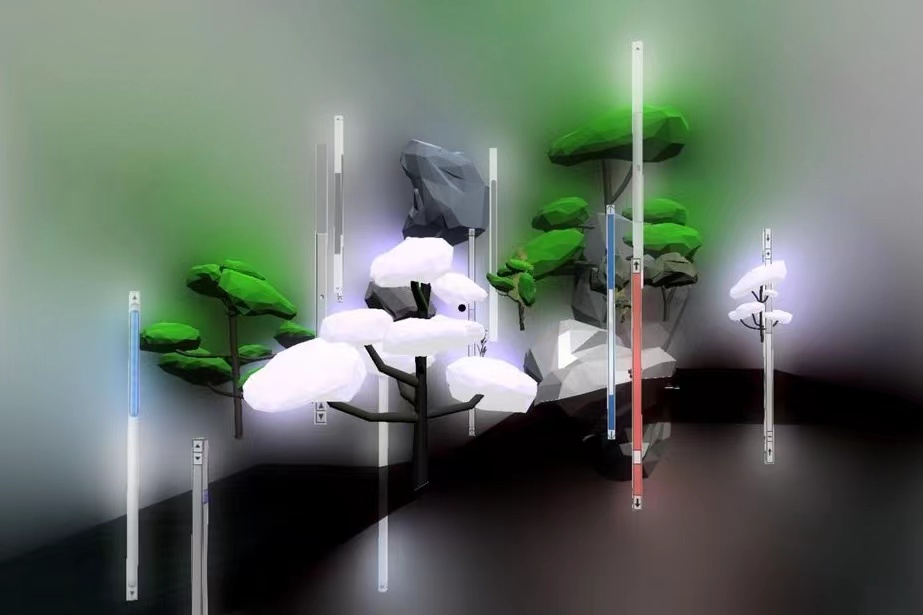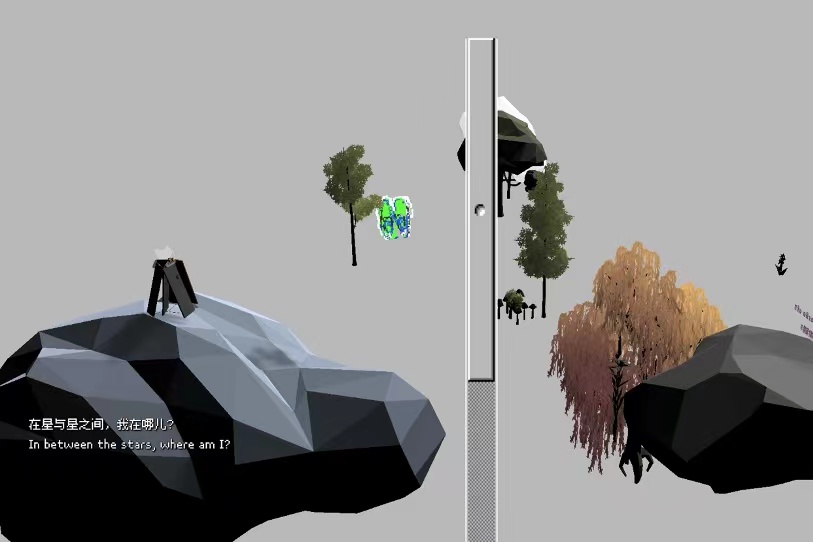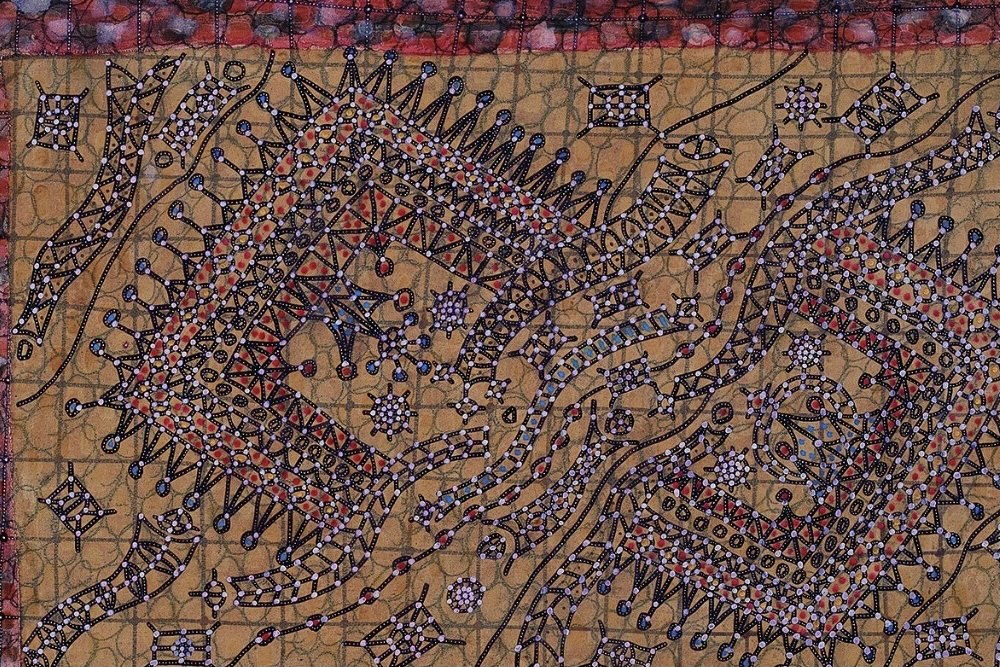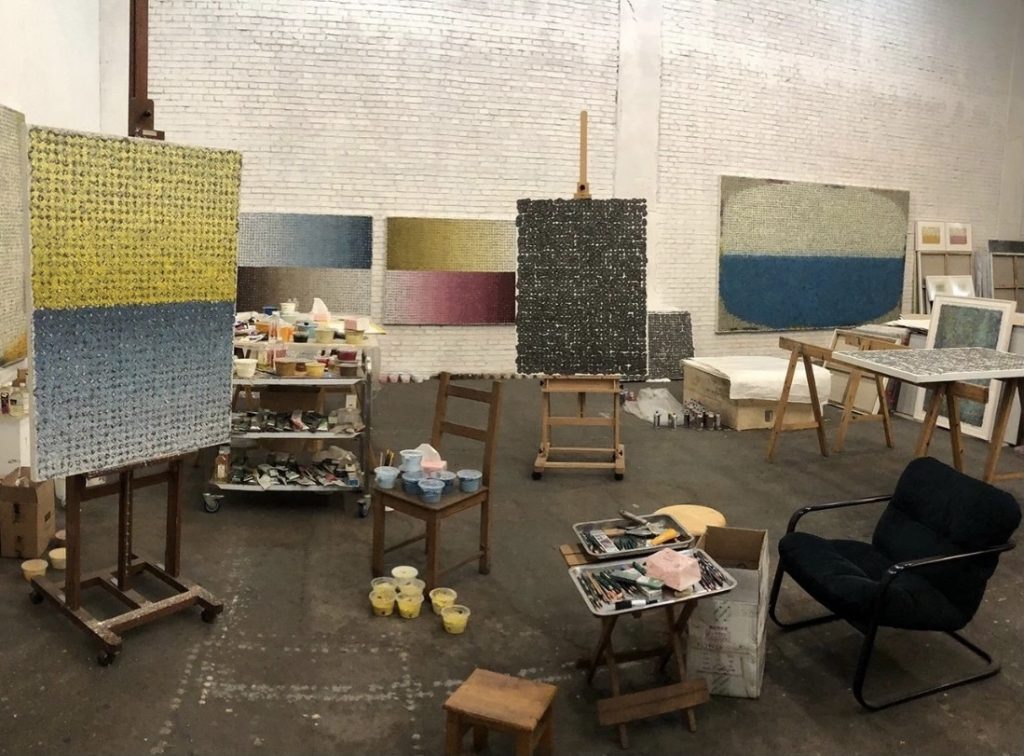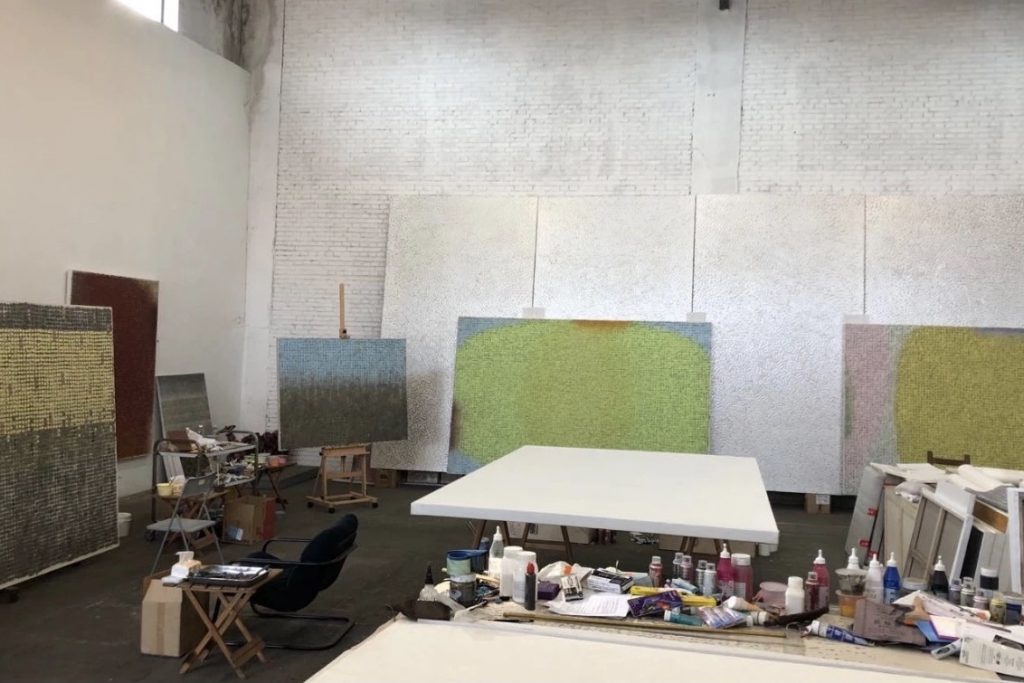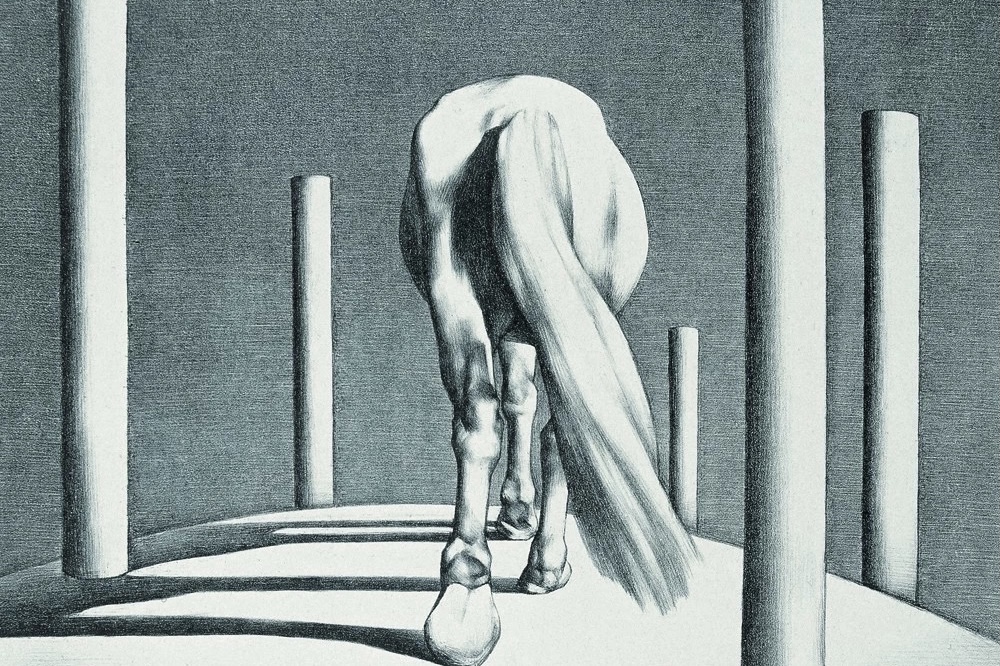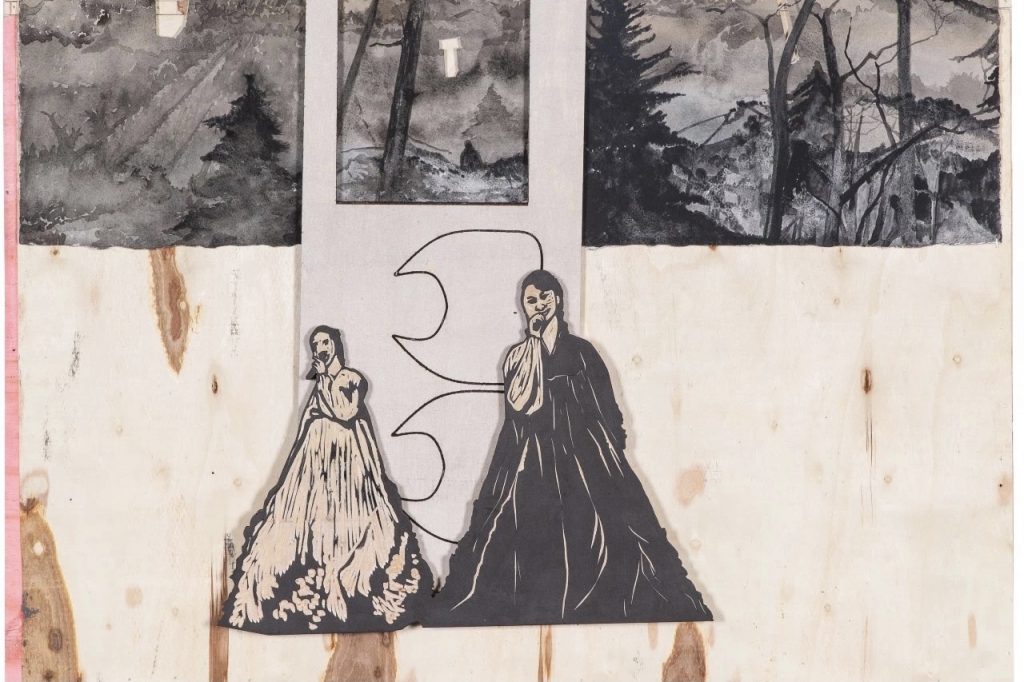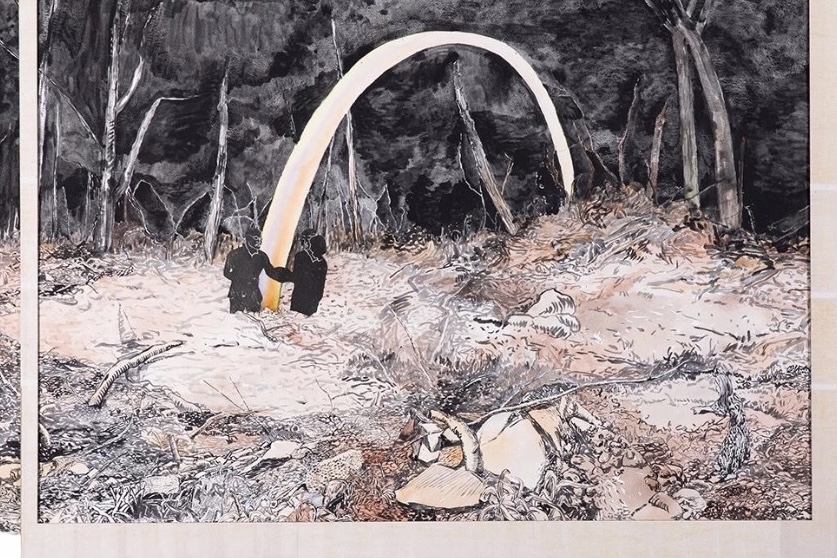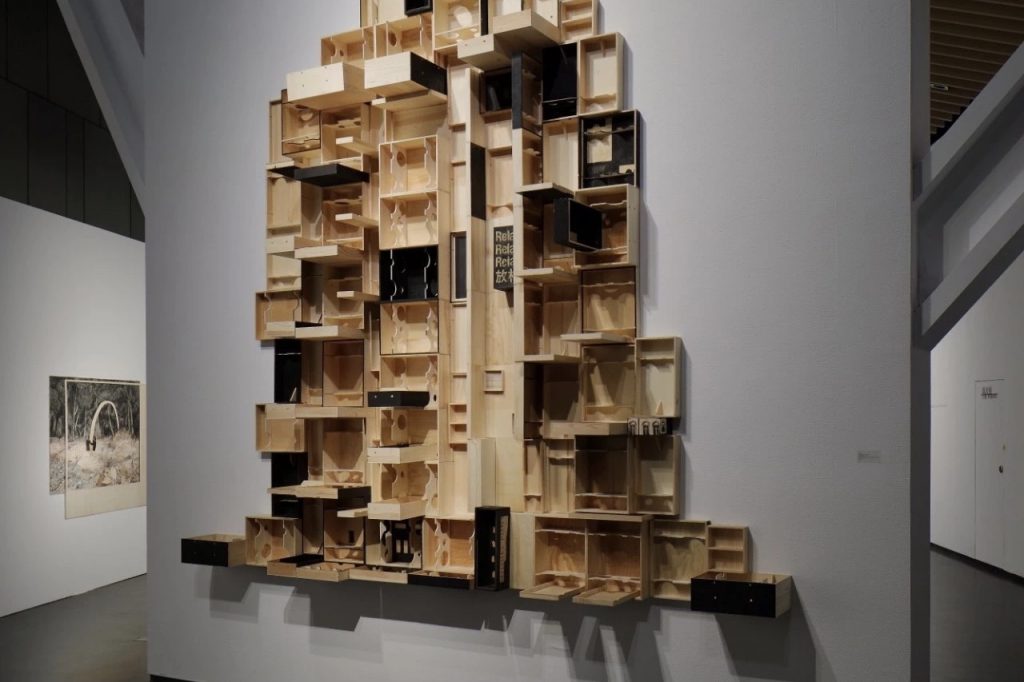Why Slime Engine
Enter the Shanghai-based collective’s interactive shows, hosted in dystopian amalgamations of well-known cities. In oceanic abysses, on roller coasters and desert islands.COVID-19 has instigated an onslaught of online initiatives that have saturated the digital art world with fairs, exhibitions, social-media campaigns. In an attempt to play catchup to a now overwhelmingly online industry. While many institutions have scrambled to repackage their programming. Others have taken this opportunity to build new models for exhibition-making and new means for connecting with audiences. Prior to the pandemic, in China, apart from ongoing projects like Rhizome (a pioneering nonprofit dedicated to new media art). Few endeavours have put forward serious efforts to cater to digital art hosted in its native environment – a void artists are, and have been, looking to fill. Slime engine.
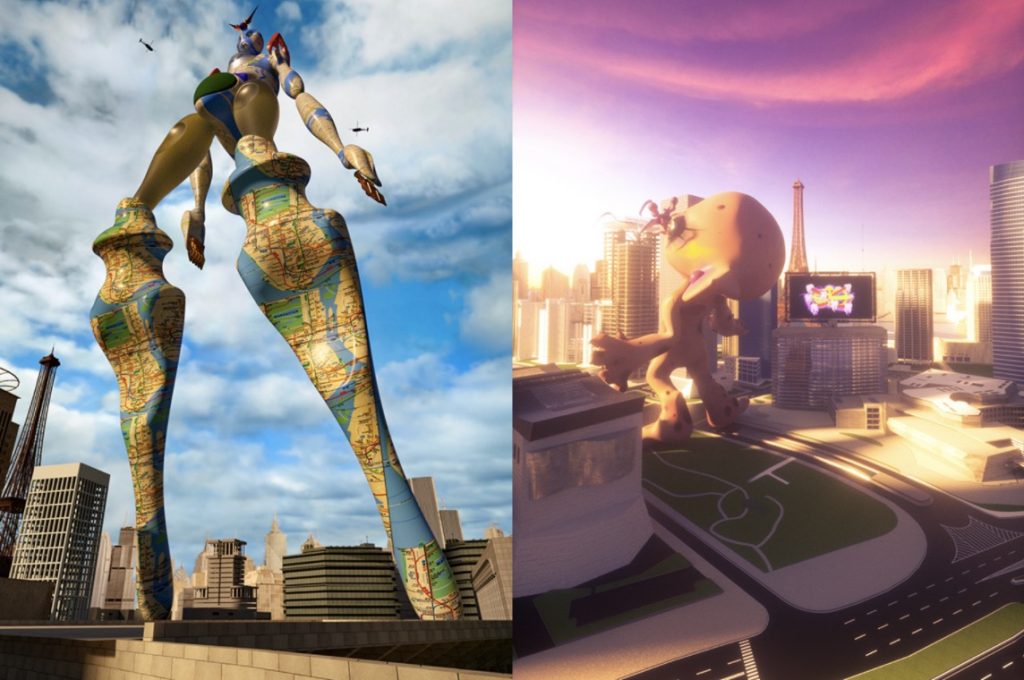
Shanghai-based artist collective Slime Engine, or 史莱姆引擎. Has been utilising digital space since 2017 with different projects that manipulate the user’s understanding of physical space. Possibility of place when it comes to exhibition-making for art-seekers on and offline. In a practice that is ‘as flexible as “slime” and as inclusive as a “search engine”’.
Who are the Slime Engine?
Founded by four photography students – Li Hanwei, Liu Shuzhen, Fang Yang and Shan Liang – Slime Engine treats the internet not as a replacement for physical institutions.
But as a platform with properties specific to digital and virtual media that would be nearly impossible to replicate in the ‘real world’. Although that’s not exactly how they see it.

“We don’t think too much when designing exhibition spaces,” the collective tells me over an array of messages, and emails. “Many people might think we’re creating a space, but for us, these spatial forms have already been integrated into our vision.” Over the last two decades, China has become home to the world’s fastest-growing movie-industry. Coupled with that, lax copyright enforcement has seen scores of pirated Hollywood films flood streaming websites like Youku. Making the twenty-something-year-old artists of Slime Engine part of an internationally minded generation growing up with an intense exposure to special effects. “It wasn’t so much a space we created, but material we chose to use.”
Works by Slime Engine

Courtesy the artist
The work parodies media and broadcasting institutions, overwhelming concerns about the financial side-effects of a deadly virus with feel good. Content like ‘New century fat-reducing rave gymnastics’ where viewers can watch a five-minute video of an anime-style young woman in a very small bikini robotically perform fractured cardio in her living-room-turned-home-gym. Headlines simultaneously visualises shadows of what is. In a world that could be, through a reformatted newspaper that encourages user engagement and activity. All the while presenting us with characters that react but don’t respond.
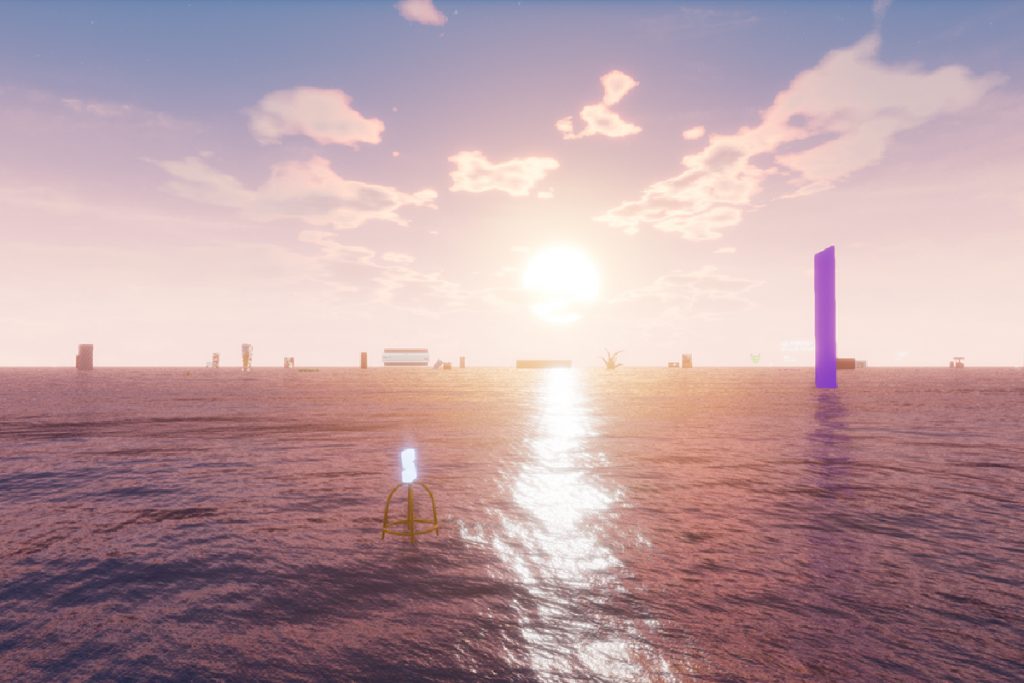
Slime Engine’s 2019 online/offline exhibition Ocean demands a different kind of user engagement, resembling a videogame more than any exhibition you’re likely to find in a museum or gallery. Although it is available for access on their website.I prefer the downloadable version of the program.Which enables you to have the exhibition at hand without internet access, at anytime. Surely not what Nicolas Bourriaud had in mind when he coined the term ‘relational aesthetics’: the user has no direct contact with any art ‘object’, so to speak; instead the work’s interactivity and closeness are mediated through keyboards and mouse pads.
Exhibition Ocean
The collective functions as the curator, while Slime Engine exhibit their own works as participating artists in the group show. Upon loading, the program deposits you in the middle of an endless, virtual oceanic plane surrounded by artworks hovering just above the water. But the computer installation enables the viewer to move between the videos, digital sculptures via keyboard control. Activating time-based works only when in close proximity to them. You get the sense that it exists both for you, and entirely independent of you.
